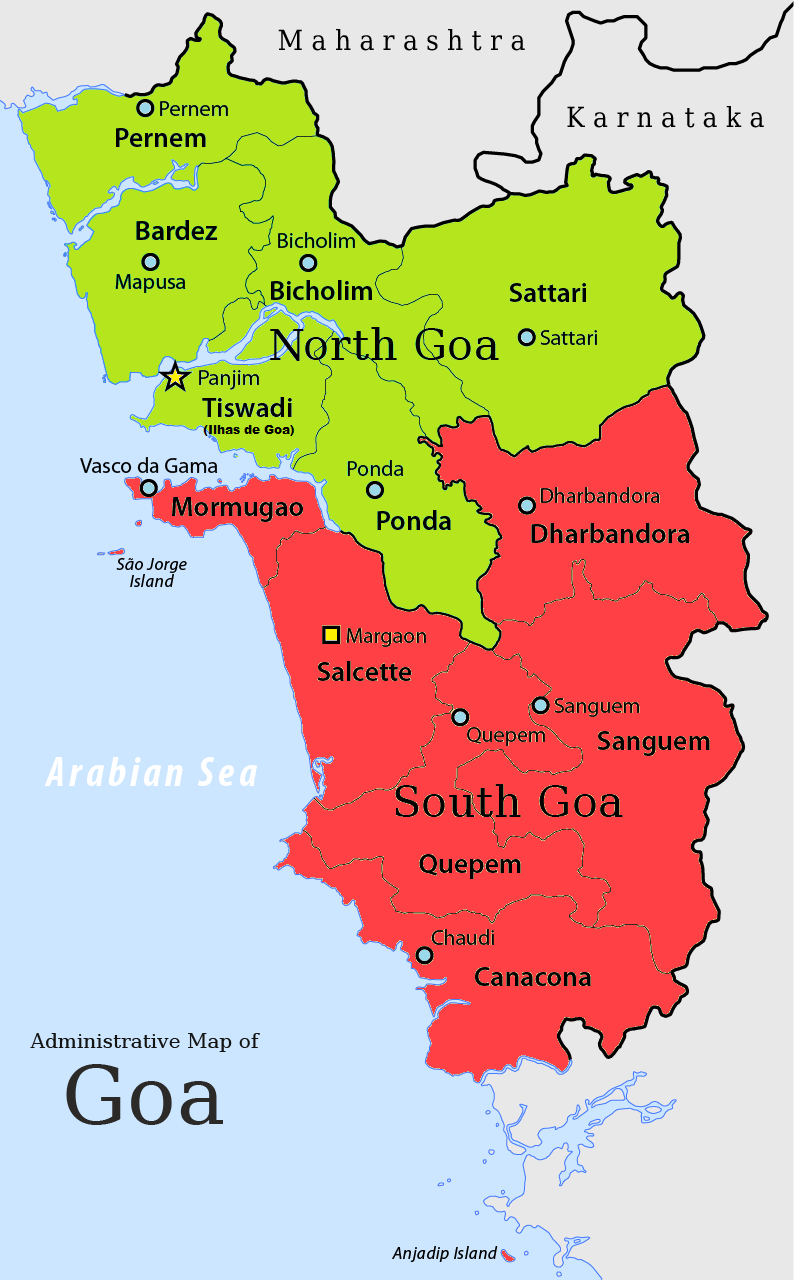Indian History
Goa's Liberation Struggle
- 16 Feb 2022
- 7 min read
For Prelims: Goa's liberation struggle, North Atlantic Treaty Organization (NATO), Operation Vijay.
For Mains: Post-independence Consolidation of India, History of Goa’s Freedom Movement.
Why in News
Recently, the liberation of Goa became a controversial topic during the political campaign in the election of Goa.
- In 1962, Goa was liberated from Portuguese rule, 15 years after India attained freedom in 1947. Goa, not becoming independent immediately after independence was because of a variety of complex factors.
- Goa was liberated on 19th December 1961 (Statehood Day of Goa) by swift Indian military action that lasted less than two days.
What is the Timeline of Integration of Goa into the Indian Union?
- Relations between India and Portugal began amicably in 1947 after India’s independence and diplomatic relations were established in 1949.
- Bilateral relations however went into decline after 1950 over Portugal's refusal to surrender its enclaves of Goa, Daman and Diu and Dadra and Nagar Haveli on India's west coast.
- Daman & Diu and Dadra and Nagar Haveli were integrated into India in 1961.
- Portugal had changed its constitution in 1951 to claim Goa not as a colonial possession, but as an overseas province.
- The move was apparently aimed at making Goa a part of the newly formed North Atlantic Treaty Organisation (NATO) military alliance.
- It was intended to invoke the collective security clause of the treaty, in the event of an attack by India.
- By 1955, the two nations had cut off diplomatic relations, triggering a crisis which precipitated the liberation of Goa by Indian military forces, ending Portuguese rule over Indian enclaves in 1961.
- In 1961, after the failure of diplomatic efforts with the Portuguese, the Indian Government launched Operation Vijay and annexed Daman and Diu and Goa with the Indian mainland on 19th December.
- It brought an end to 451 years of Portuguese overseas provincial governance in Goa.
What is the History of Goa’s Freedom Movement?
- Goa became a Portuguese colony in 1510, when Admiral Afonso de Albuquerque defeated the forces of the sultan of Bjiapur, Yusuf Adil Shah.
- By the turn of the twentieth century, Goa had started to witness an upsurge of nationalist sentiment opposed to Portugal’s colonial rule, in sync with the anti-British nationalist movement in the rest of India.
- Stalwarts such Tristão de Bragança Cunha, celebrated as the father of Goan nationalism, founded the Goa National Congress at the Calcutta session of the Indian National Congress in 1928.
- In 1946, the socialist leader Ram Manohar Lohia led a historic rally in Goa that gave a call for civil liberties and freedom, and eventual integration with India, which became a watershed moment in Goa’s freedom struggle.
- At the same time, there was a thinking that civil liberties could not be won by peaceful methods, and a more aggressive armed struggle was needed. This was the view of the Azad Gomantak Dal (AGD).
- As India moved towards independence, however, it became clear that Goa would not be free any time soon, because of a variety of complex factors like:
- Trauma of Partition
- Experience of War with Pakistan
- India wanted to showcase itself as a peace-abiding nation.
- Portugal being member of NATO
- These factors kept the Government of India from opening another front in which the international community could get involved.
- Besides, it was Mahatma Gandhi’s opinion that a lot of groundwork was still needed in Goa to raise the consciousness of the people, and the diverse political voices emerging within should be brought under a common umbrella first.
- The dichotomies within the groups fighting (Satyagraha vs Military Action) for freedom in Goa, also led to delay in liberation of Goa.
- The idea of satyagraha emphasised the power of truth and the need to search for truth.
- It suggested that if the cause was true, if the struggle was against injustice, then physical force was not necessary to fight the oppressor.
What are the Salient Features of Goa’s Geography?
- About:
- Goa is located on the southwestern coast of India within the region known as the Konkan, and geographically separated from the Deccan highlands by the Western Ghats.
- Capital:
- Panji.
- Official Language:
- Konkani which is one of the 22 languages from the Eight Schedule.
- Borders:
- It is surrounded by Maharashtra to the north and Karnataka to the east and south, with the Arabian Sea forming its western coast.
- Geography:
- The highest point of Goa is Sonsogor.
- Goa's seven major rivers are the Zuari, Mandovi, Terekhol, Chapora, Galgibag, Kumbarjua canal, Talpona and the Sal.
- Most of Goa's soil cover is made up of laterites.
- Wildlife Sanctuaries and National Parks:
- Dr. Salim Ali Bird Sanctuary
- Mhadei Wildlife Sanctuary
- Netravali Wildlife Sanctuary
- Cotigao Wildlife Sanctuary
- Bhagwan Mahaveer Sanctuary
- Mollem National Park







